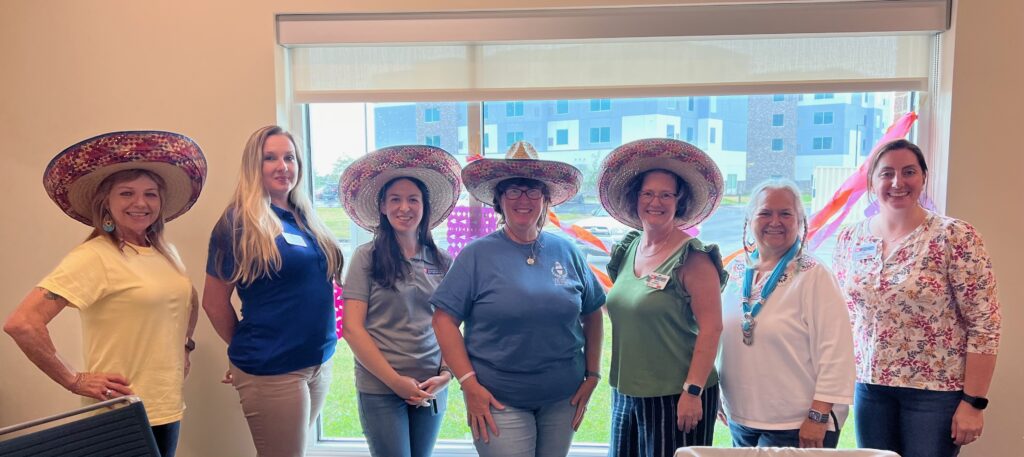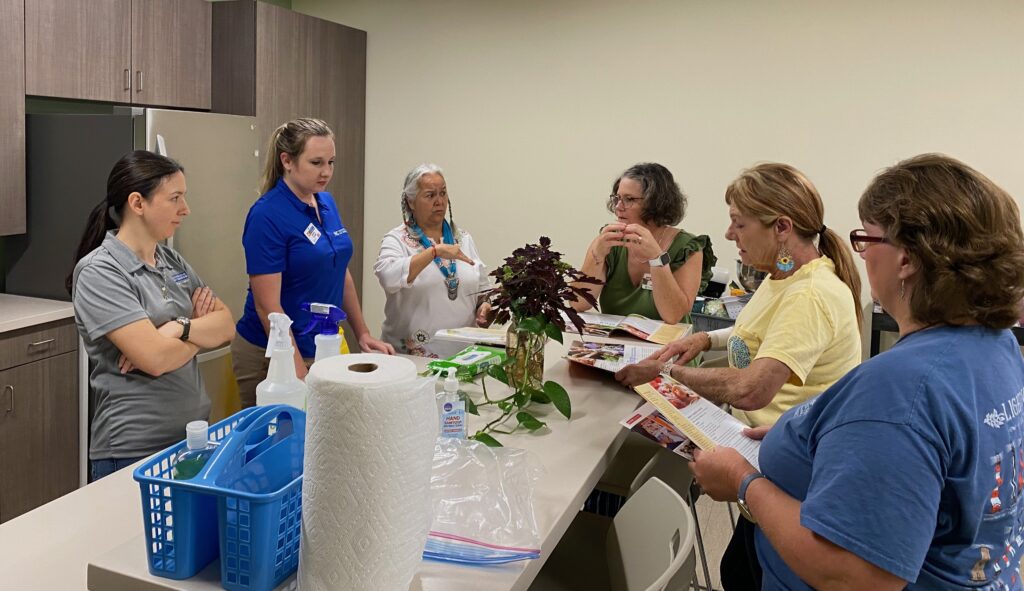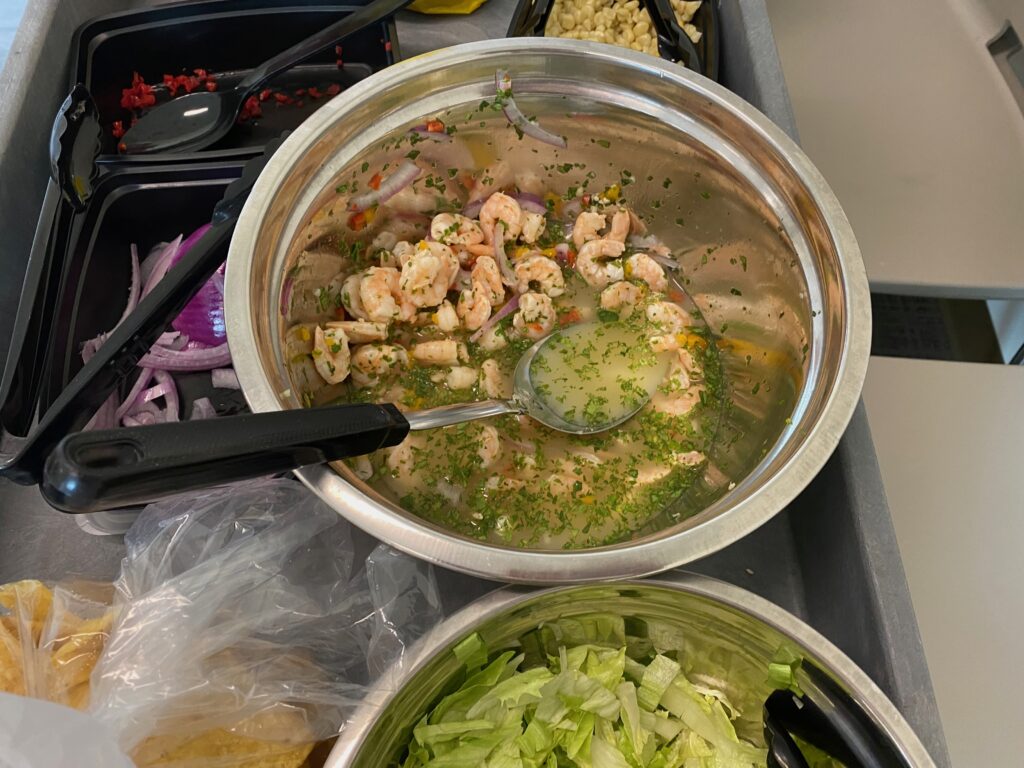EFNEP Celebrates National Hispanic Heritage Month
go.ncsu.edu/readext?1027700
en Español / em Português
El inglés es el idioma de control de esta página. En la medida en que haya algún conflicto entre la traducción al inglés y la traducción, el inglés prevalece.
Al hacer clic en el enlace de traducción se activa un servicio de traducción gratuito para convertir la página al español. Al igual que con cualquier traducción por Internet, la conversión no es sensible al contexto y puede que no traduzca el texto en su significado original. NC State Extension no garantiza la exactitud del texto traducido. Por favor, tenga en cuenta que algunas aplicaciones y/o servicios pueden no funcionar como se espera cuando se traducen.
Português
Inglês é o idioma de controle desta página. Na medida que haja algum conflito entre o texto original em Inglês e a tradução, o Inglês prevalece.
Ao clicar no link de tradução, um serviço gratuito de tradução será ativado para converter a página para o Português. Como em qualquer tradução pela internet, a conversão não é sensivel ao contexto e pode não ocorrer a tradução para o significado orginal. O serviço de Extensão da Carolina do Norte (NC State Extension) não garante a exatidão do texto traduzido. Por favor, observe que algumas funções ou serviços podem não funcionar como esperado após a tradução.
English
English is the controlling language of this page. To the extent there is any conflict between the English text and the translation, English controls.
Clicking on the translation link activates a free translation service to convert the page to Spanish. As with any Internet translation, the conversion is not context-sensitive and may not translate the text to its original meaning. NC State Extension does not guarantee the accuracy of the translated text. Please note that some applications and/or services may not function as expected when translated.
Collapse ▲Six EFNEP Educators in the Southeast met for their monthly regional training at the N.C. Cooperative Extension, Wayne County Center last Friday. Dinorah Keith, EFNEP Educator, hosted the event and highlighted National Hispanic Heritage Month. The room was decorated with papel picado and sombreros. Papel picado is a traditional Mexican craft that features colorful paper sheets with intricate cut-out details.

Educators were treated to Ojarascas (Mexican shortbread cookies) and Tamarindo, a beverage made of tamarind, sugar, and water. As part of her EFNEP program highlight, Dinorah demonstrated how to make “Manny’s Famous Ceviche” from the Cooking with EFNEP cookbook. National Hispanic Heritage Month is celebrated from September 15 to October 15 each year. 

MANNY’S FAMOUS CEVICHE Recipe contributed by Guillermo Espinoza Makes 4 servings | Serving Size: 1 cup Ingredients • 2 sweet potatoes • 2 ears corn • Juice of 10 fresh limes (may substitute 1½ cups lime juice) • 1/4 cup red onion, thinly slices • 2 fresh red chili peppers, seeded and finely minced • 2 garlic cloves, finely minced • 1/4 cup chopped cilantro • Dash of black pepper • 1 pound frozen, pre-cooked shrimp • 1 cup shredded lettuce Directions 1. Wash sweet potatoes to remove dirt. Pierce all around with a fork. Place on a microwave safe plate and microwave for 10 minutes. Let cool. Slice. 2. Boil corn until crisp tender (about 15 minutes). Once cool, cut corn from cob. 3. In a large bowl, mix juice, red onion, chili peppers, garlic, cilantro, and pepper together. 4. Add shrimp to juice mixture. Stir to thoroughly coat shrimp. Cover and refrigerate for 15 minutes. (Do not marinate longer as shrimp will become tough). 5. While shrimp is marinating, prepare plates. Place 1/4 shredded lettuce on each plate. On one side top with 1/4 of corn and 1/4 of sweet potato slices. 6. Drain shrimp, but reserve some of the juice. 7. Place shrimp in center of plate. Drizzle with a tablespoon of lime juice.
-Emily Pendergrass, Regional Nutrition Extension Associate


